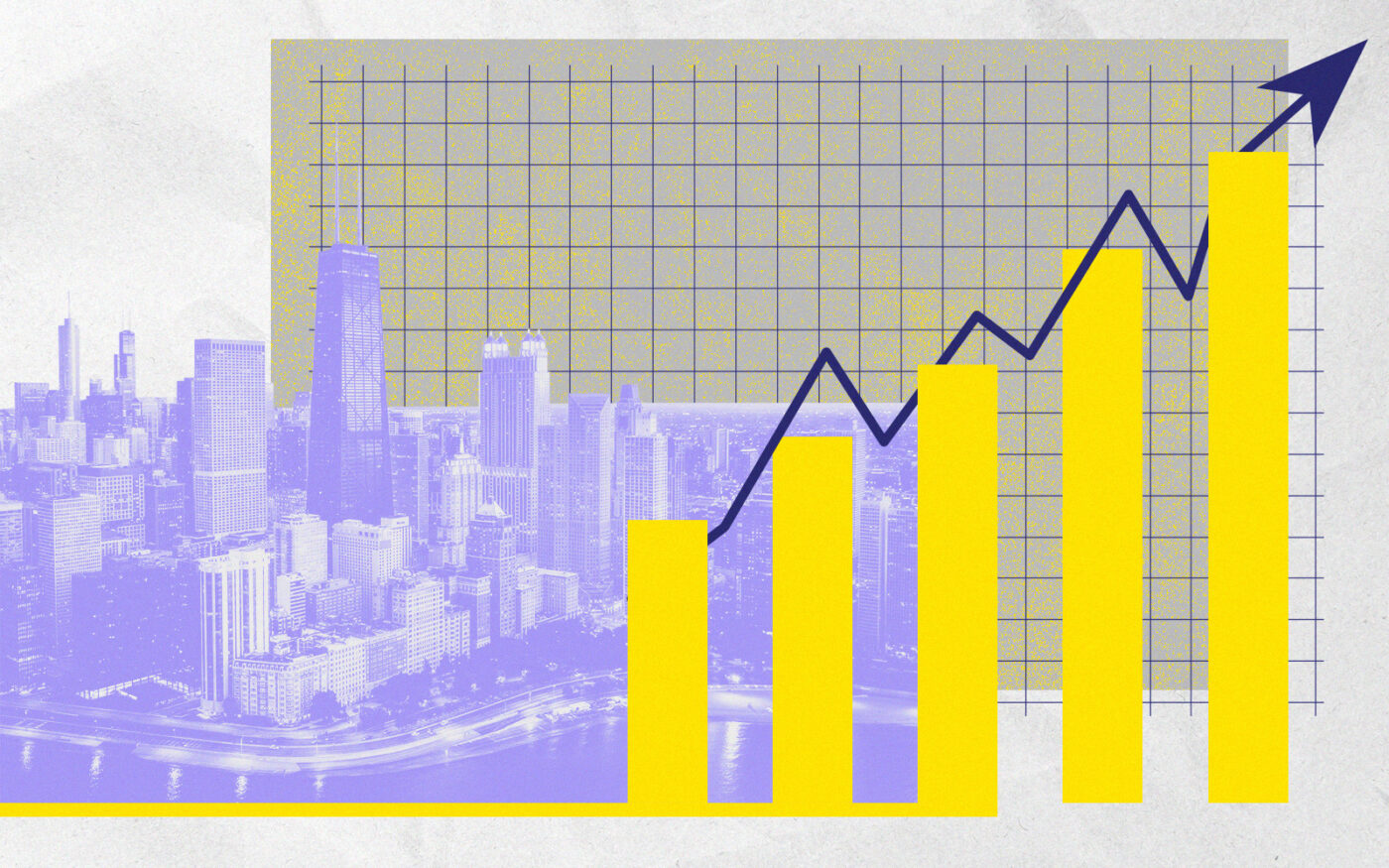 Chicago rent growth outpacing nation as market cools
Chicago rent growth outpacing nation as market cools
Trending
Chicago leads nation in rent growth
Rents have risen 3.6% year-over-year, tripling national average

Chicago’s multifamily sector is sprinting in front of the pack for the first time in decades.
The city’s apartment rent growth leads the nation for the first time in more than 20 years, commercial real estate data platform CoStar reported. Rental rates in Chicago have risen 3.6 percent since August 2022, tripling the national average of 1.2 percent and exceeding 20 major metropolitan areas.
The closest contenders include Boston, which notched a 3.4 percent spike in annual rent growth, followed by Philadelphia at 2.6 percent. Despite Philadelphia being third on the list, Chicago’s growth outpaces it by almost 30 percent.
Windy City rental growth may be more tempered during good times compared to some high-growth markets such as the Sun Belt, but it remains steady. Although Chicago’s current 3.6 percent year-over-year growth rate is lower than it was 20 months prior, when rents were soaring across much of the country, it still exceeds the market’s 2.3 percent all-time average.
While apartment landlords reap the benefits of rising rents, Chicago’s affordable housing crisis worsens, especially in North and Northwest Side neighborhoods, where the number of affordable units fell by 15.3 percent from 2019 to 2021. West Town and the Near West Side areas lost 14.6 percent of its affordable units during that same stretch.
Chicago’s rising multifamily sector can be attributed to a steady influx of new supply. In some markets, builders get overzealous, driving supply and demand out of whack, which eventually causes rents to drop.
In the Windy City, however, multifamily developers have taken a more mindful approach to ensure that rents gradually increase. For instance, Chicago has 13,000 apartment units in the pipeline, a modest 2.3 percent spike in inventory expansion. Nationwide, under-construction units represent a 5.2 percent increase of inventory.
Thus, market dynamics favor owners of existing products, even when they’re Class B or Class C properties, meaning older and perhaps outdated compared to newly built Class A structures.
With limited competition from new development, landlords of these properties are well-positioned to raise rents in response to market demand. This trend is likely to persist until at least the second quarter of 2024, the outlet reported.
— Quinn Donoghue
Read more
 Chicago rent growth outpacing nation as market cools
Chicago rent growth outpacing nation as market cools
 Downtown apartment market takes a chill pill
Downtown apartment market takes a chill pill
 Chicago’s midmarket multifamily sales slump nearly 40%
Chicago’s midmarket multifamily sales slump nearly 40%




